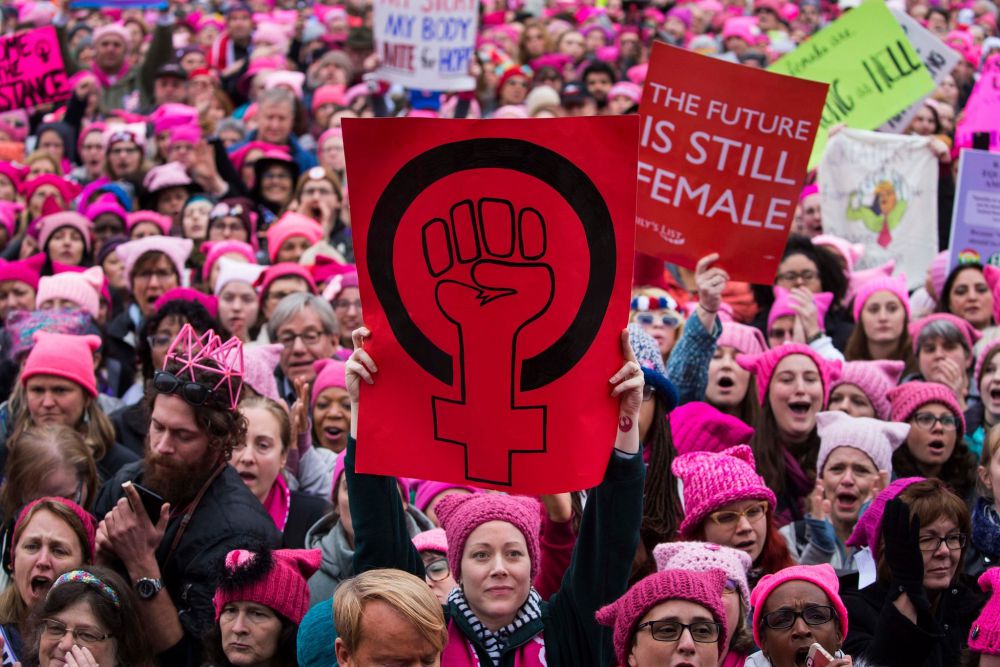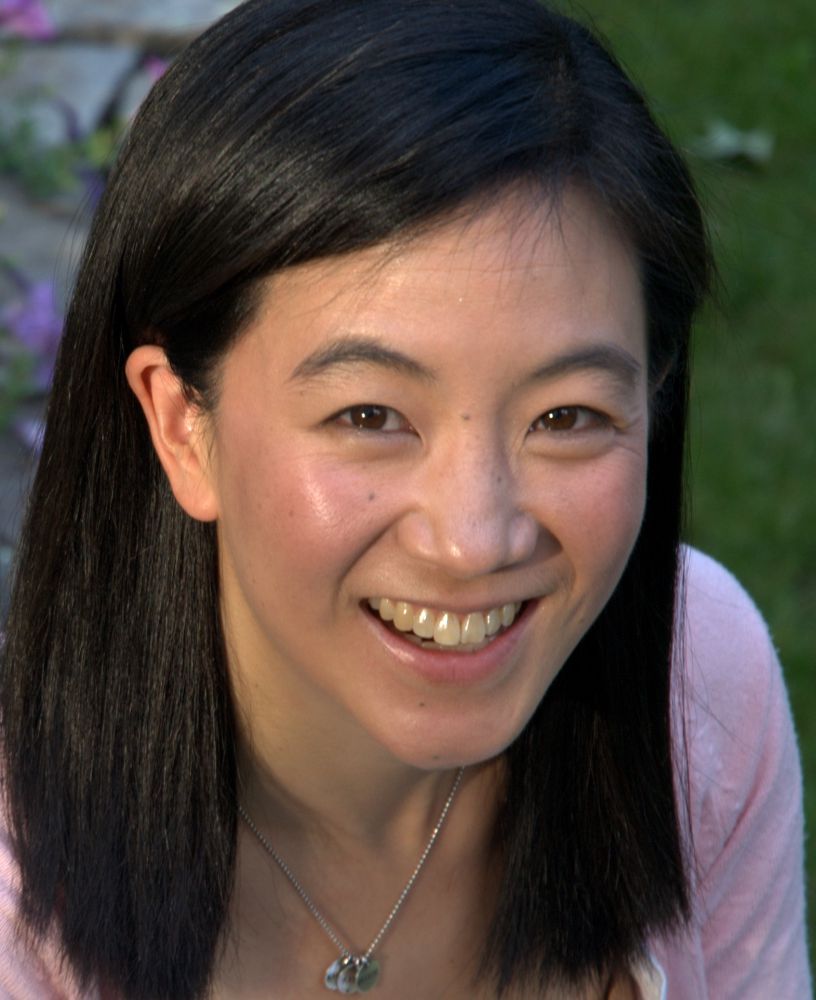
Hair Trigger

The day after President Trump’s inauguration, roughly 3.5 million Americans participated in the Women’s March. Since then, tens of thousands walked in the April 22 March for Science and thousands of people across the country have protested at town halls led by Republican legislators.
In this, the Age of Trump, demonstrations against his administration have sprouted like flowers after a post-drought superbloom. Looking ahead, what are the political implications and impacts of widespread protests and activism?
Hahrie Han, the Anton Vonk Associate Professor of Environmental Politics in UC Santa Barbara’s Department of Political Science, will discuss the phenomenon in a talk, “Understanding Protest and Resistance in the Trump Era,” Tuesday, May 2, at 4 p.m. in the Pacific View Room of the UCSB Library. The event is free and open to the public.
The talk “is going to examine what we know about the conditions under which protest and other activism matters,” Han said. “How do we think about the role of movements in making change? How do they influence political leaders and outcomes?”
While the recent protests have drawn historic crowds, how they might translate into political power is an open question, Han noted. “I think the challenge for any of these protests is to figure out how they’re going to harness the grassroots energy and use it as a way to build the power that they want,” she said. “How can they establish relationships with decision-makers and people who are in positions of power?”
If there’s an analog to the protests on the left, it’s found on the other end of the political spectrum. The Tea Party arose in 2009, largely in protest of President Obama’s policies in response to the Great Recession. The movement coalesced over time and today wields considerable power in Congress.
“What the Tea Party was able to do was leverage all that grassroots anger and use it as a way to build relationships with elected officials in the Republican Party,” Han said, “so that a whole wing of the party is dedicated to a Tea Party agenda.”
The question for those protesting Trump is whether they can turn the movement’s energy into a political force. Usually, Han said, organizations struggle to find enough people to take action. “Here the problem is not so much a scarcity,” she said, “but a problem of abundance. They have so many people that I think the big challenge now is, how do you take all the groundswell of activity that’s emerging and turn it into the kind of political influence and voice that you want?”



